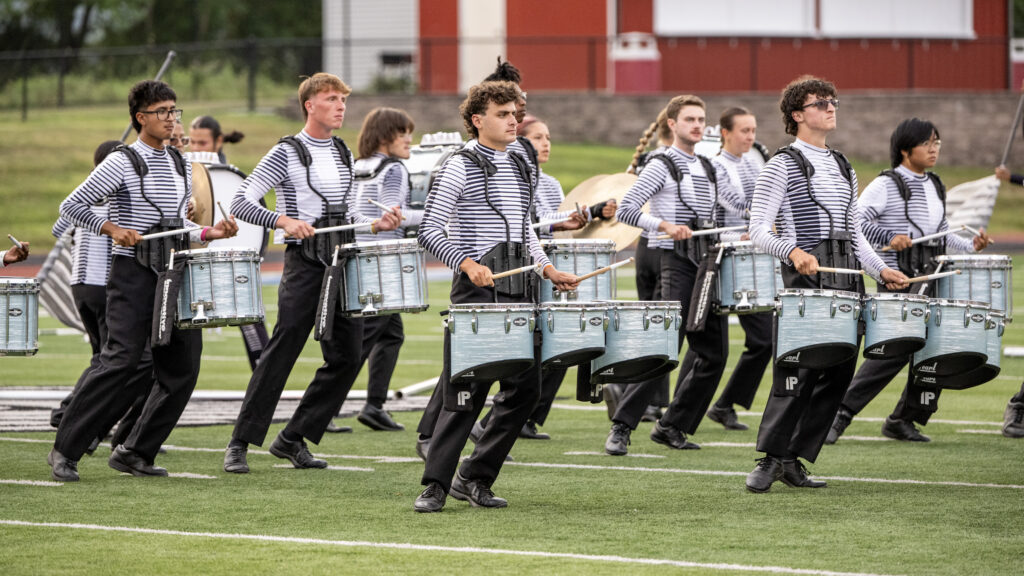Time capsules. My elementary school made one in the fall of 1990. Just to remind everyone of how old they are, I was in first grade at the time. Each class was allowed to put one object into the time capsule, which would be sealed for 10 years and opened in the year 2000. From what I can remember, we put in a Barbie, a roller blade (yes, just one), a newspaper clipping, and a New Kids on the Block cassette tape.

Our time capsule created a snapshot of life we knew it. We put in the objects that represented our daily existence. A child living in the early 1990s played with Barbies and/or rollerblades, knew something about the world around him, and, most importantly, listened to New Kids on the Block. A lot has changed since then. Barbie and Ken have split up, most of us get our news from the television or the Internet, CDs and MP3s have replaced cassette tapes, and, sadly, the New Kids on the Block were unable to “Hang Tough” against the next generation of boy bands. Through our time capsule, we were able to preserve a moment in history for future generations to see. While the rest of the world experienced the endless march of time, our capsule faithfully remained in the year 1990. It was unadulterated by the pressures of pop culture, and protected against the fading memories and ever-changing perceptions of those who lived during that time. As much as we may now hate to admit it, parachute pants really were “cool” at one point in time. Time capsules are useful tools in educating the current generation about the life and times of yore. They provide concrete examples of the overarching, and sometimes deeply penetrating, traditions and values held by those who lived them. Today, DCI is announcing the results of the “DCI’s 2005 Cinema Classic Countdown,” in which you, the fans, had the opportunity to vote on the best three shows of the ’70s, ’80s, ’90s and ’00s. In a sense, DCI is providing an opportunity to educate the current generation of drum corps members about what drum corps was like “back in the day.” Every year, drum corps creates its own time capsule. The final performances by the year’s top 12 corps represent the state of the activity in that time frame. Once recorded, neither time, nor memory, nor wishful thinking can erase the actions that occurred on that hot Saturday night. The drum corps world has seen its share of changes in these past 30 years. We’ve moved from piston/rotor horns to ones with three valves, horns in the key of G to horns in the key of B-flat, revamped retreat and judging, and even introduced amplification to the now grounded front ensemble. But luckily for us, we have been able to capture this evolution every step of the way. Each season comes and goes, making its mark on the ever-growing history of the drum and bugle corps activity. Slowly (or not so slowly), these marks begin to have ever more dramatic effects on the face and state of the activity. Whether these effects are for better or for worse will be the debate that rages on into eternity. However, the “DCI’s 2005 Cinema Classic Countdown” provides us with an opportunity to open a number of time capsules, and take stock of the activity that we all hold dear to our hearts. If my elementary school were to create another time capsule, I’m positive that the objects that these kids put in would be vastly different from the ones that we placed in there 15 years ago. In the same fashion, the drum corps of today looks and sounds dramatically different from the drum corps of yesterday. The time capsule that we create is not the same as the time capsule that was created 15 years ago. But instead of debating over which era was the best or worst, let’s just sit back, relax, and enjoy the show. Let’s laugh at the aviator sunglasses, the mullets, and flamboyant guard costumes, and remember that at one time, it really was fashionable. And if all else fails, picture everyone wearing parachute pants. Lanah Kopplin is a third-year euphonium player in the Phantom Regiment, and previously spent a year with the Pioneer. Lanah recently graduated from the University of Wisconsin (she’s a Milwaukee native) with a political science degree, and will age out in 2005.





